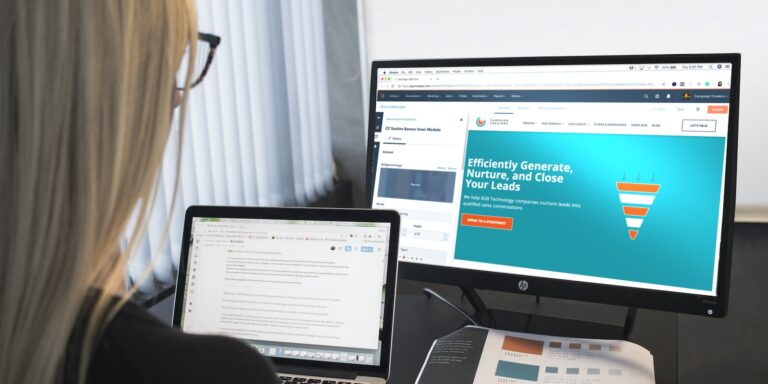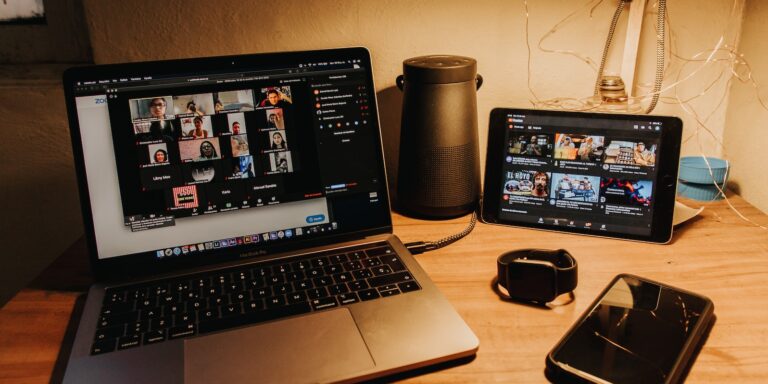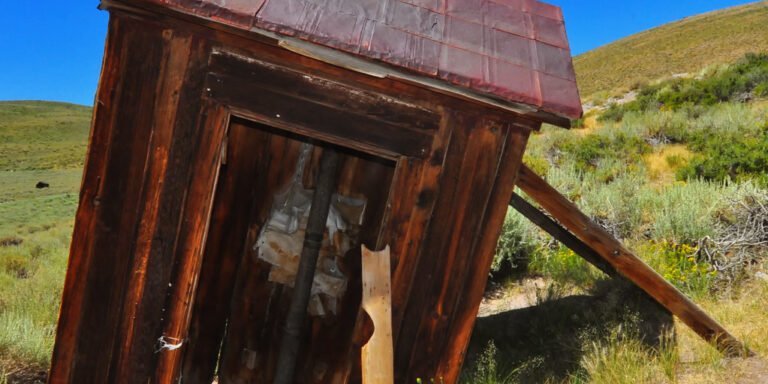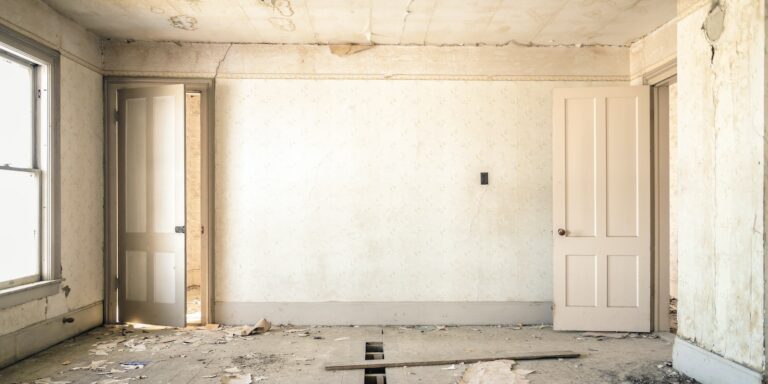
How to Pre-Qualify Real Estate Deals
Part of being a real estate investor means you must know how to pre-qualify real estate deals.
That does not mean going out and starting to put offers on properties. It means actually doing a bit of paperwork first … a bit of what I call desk analysis. This is part of the analysis phase.

This means that you need to determine whether a particular property meets your investment criteria before spending too much time and energy on it. This includes analyzing the property’s cash flow potential, such as the rental income it can generate or the potential resale profit. You also need to factor in the costs of financing and carrying the property, such as mortgage payments, property taxes, and insurance.
Pre-qualifying your real estate deals is crucial to ensure that you invest your time and money in properties that meet your investment criteria.
What you want to do is start looking for properties at a high level and start analyzing them.
So what that means is you look at some finances. You look at the quick income that you can generate from these properties or the quick flip profit that you can generate from these properties. You look at the financials and you do all that at your desk.
You do not go driving for dollars. You don’t go visiting properties.

You do not want to waste a lot of time looking for properties that you may not want to invest in
What you want to do is go to your Realtors or start looking for your for sale by owner sites. There are a number of places where you can find potential properties to invest in.
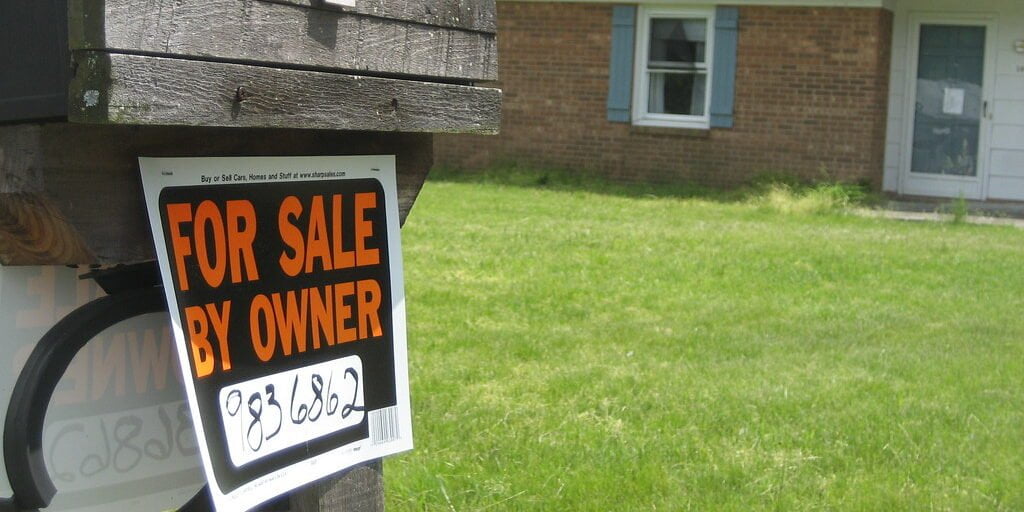
There are other places like online classified ads. But the key here is that you want to qualify them before you do anything. And by qualifying, I mean exactly what I said … you start analyzing at a high level.
Buy and Hold
For example, if you’re trying to buy a property that you’re going to want to buy and hold, you will want to look at what the property rents are in that area. You want to look at what you’re going to pay for the property. And you’re going to want to look at what the costs are going to be to continue to manage that property.

Let’s say you’re buying a property and it’s $400,000. And the ongoing cost to maintain that property is, let’s say, $2,500. And maybe you can get $2,600 rent for that property in that neighborhood. So on the surface that looks like it’s a good deal because you’re going to make $100 a month.
Part of the analysis is calculating your expenses. And this does not have to be a very detailed analysis. For example, you can estimate 5% for property management. You can estimate 5% for maintenance and you can estimate 5% for vacancy. You add all that into your overall expenses.
Next, you take your costs and you subtract them from your rent, and what’s left over is profit.

This will let you know if you have a property that you might want to invest in.
So, That was for a buy and hold rental property.
Fix and Flip
You will want to do a similar analysis if you are going to do a fix and flip.
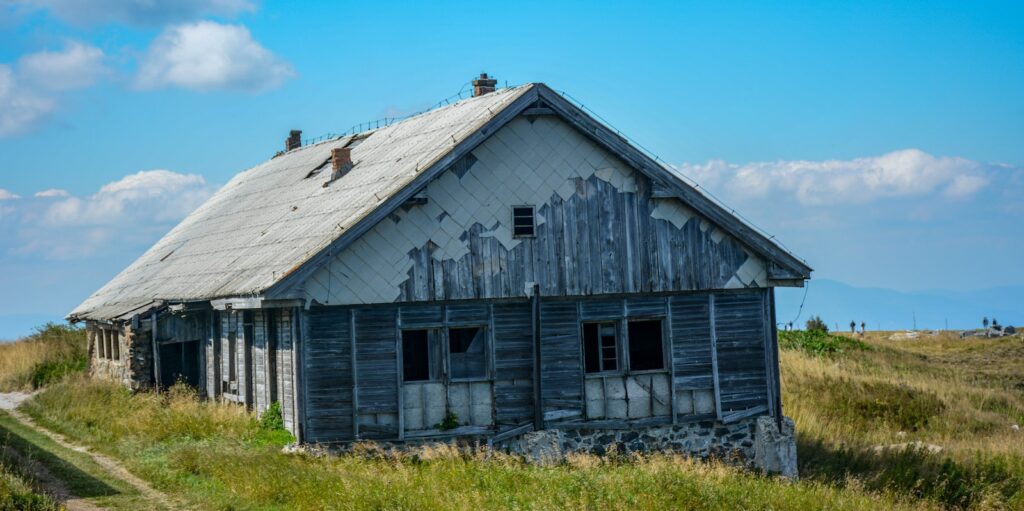
How much can you get that property for? How much do you think the renovation costs are going to be? And what do you think you could sell it for? If you put all those in the mix and you come up with a profit … then it makes sense to invest.
Summary
Once you find a couple of properties that you want to invest in, or that you want to look at them further … then you start making calls. Then you start doing a bit deeper due diligence. And if you find one that you’re really interested in, then maybe you go and visit the property. It’s a numbers game when looking for properties to invest in.
So make sure you pre-qualify your real estate deals before you waste too much time analyzing the wrong property.

